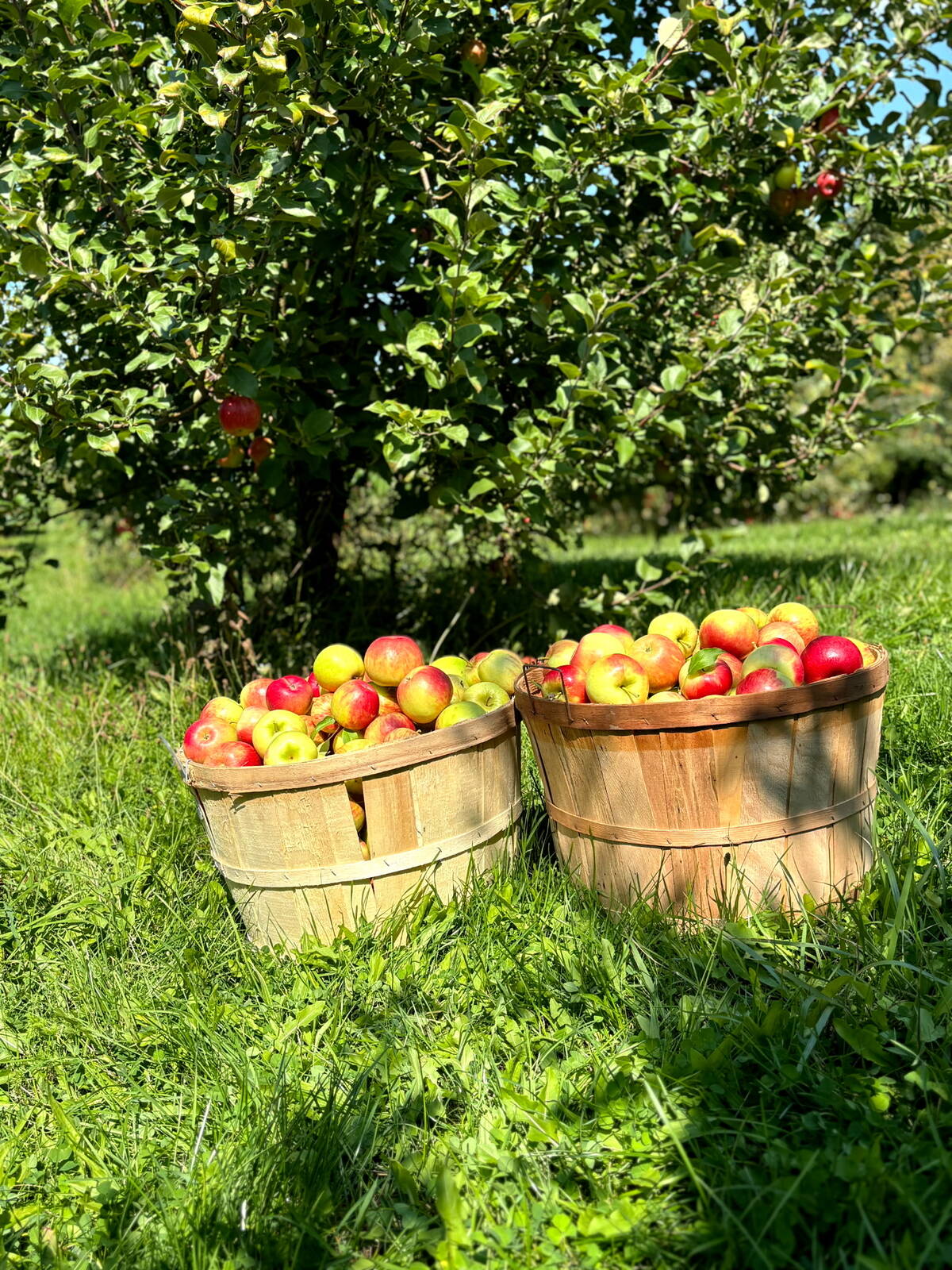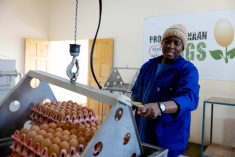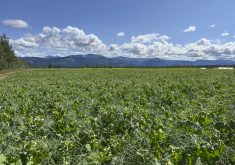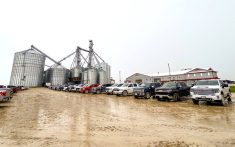Glacier FarmMedia – For the last five years, or longer, plant-based protein has been the shining star of global agriculture.
Global demand for plant-based protein has exploded, thanks to massive Chinese imports of soybeans and booming public consumption of veggie burgers and other forms of plant protein.
However, protein’s star could fade over the next decade, says a recent report by the Organization for Economic Co-operation and Development (OECD) and the Food and Agriculture Organization of the United Nations (FAO).
Read Also

Farmers taking to social media to spread the word about the cost of farm thefts
A rash of farm thefts in Ontario have left farmers looking for new ways to help customers understand the cost of stealing goods.
Why it matters: The long-term outlook can help farmers and others in the agricultural industry adjust marketing strategies and make production decisions to adapt if necessary.
“Real prices for soybean, other oilseed and protein meals will decline slightly as demand growth is expected to expand slightly slower than global supplies,” the OECD/FAO said in its agricultural outlook for 2019-28.
“Compared to the past decade, the expansion of protein meal utilization will be constrained by slower growth in global production of pork and poultry, and by efforts in China to adopt a lower protein meal share in livestock feed rations.”
The projections for soybean meal and other protein meals was just a small part of the 326-page OECD/FAO report.
Broadly, the OECD/FAO predicted that ag commodity prices will remain low over the next decade because of ample supplies of oilseeds, grains, meat and other commodities.

“For nearly all commodities covered in the outlook, real prices (adjusted for inflation) are projected to remain at or below current levels over the coming decade, as productivity improvements continue to outpace demand growth,” the report said. “Most of the commodities (in the report) are expected to see real price declines over the coming decade by around one to two percent per year.”
The OECD/FAO outlook, if correct, is positive news for consumers but negative for farmers.
To remain profitable, farmers will have to become more efficient and cut their costs of production.
“Lower prices … put pressure on the incomes of those producers who are not lowering their costs sufficiently through improved productivity,” the report said. “A low-price environment could thus lead to increasing demands for (financial) support to farmers, which could in turn affect the projections.”
North American soybean growers may be forced to cut costs because demand for soybean meal could slow over the next decade.
Protein meal use will continue to grow at a rate of 1.5 percent annually, the report said. But that’s a much slower pace than the previous decade, when protein meal use increased at 4.1 percent annually.
“Growth in world trade of soybeans, dominated by the Americas, is expected to slow considerably in the next decade, a development directly linked to the projected slower growth in the crushing of imported soybeans in China.”
Chinese livestock producers are expected to reduce the amount of protein in animal rations and the outbreak of African swine fever could drastically cut the size of China’s hog herd.
While the outlook was mostly bearish, there was a nugget of positive news for canola producers.
Prices for vegetable oils are expected to increase during the next decade, thanks to strong demand and constraints on palm oil production in Malaysia and Indonesia.
Oil and fat consumption is 50 to 60 kilograms per year in regions like America and Europe but only 15 kg per year in highly populated countries like Nigeria, Bangladesh, India and Vietnam, David Mielke of Oil World said earlier this year.













